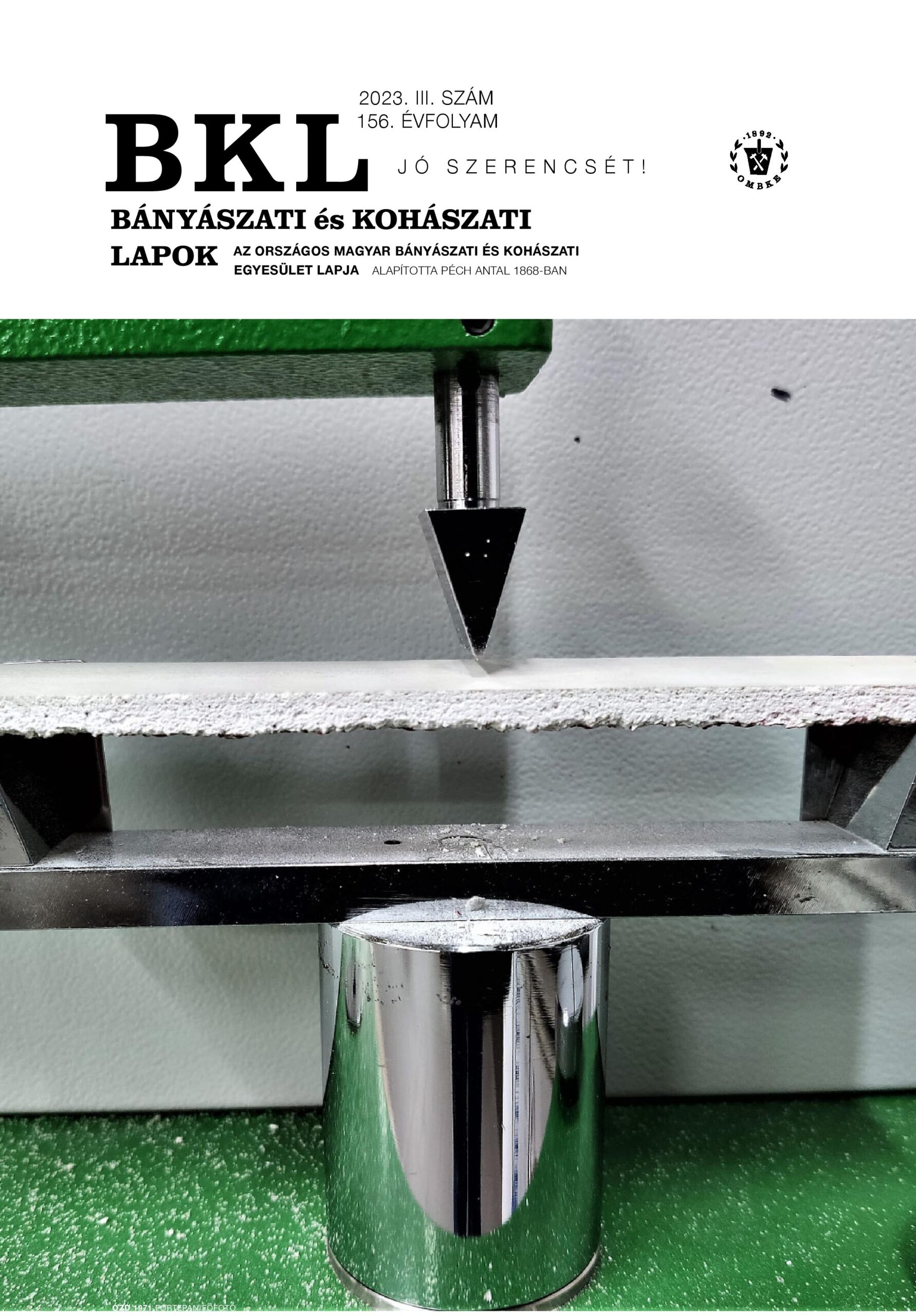Ásványvízkutak a Káli-medencében
Absztrakt
A Káli-medencében az ásványvíz a római kortól ismert, de palackozása, kereskedelmi forgalmazása csak 1907-ben kezdődött meg az Anna-forrásból. Napjainkig folyamatosan bővült a medencében termelt víz mennyisége és a vízminőség- (ásványianyag-tartalom-) kínálata. Az ásványvíz-palackozó üzemet az 1990-es években felújították, bővítették. Ezután a Káli-medencében lévő ásványvízkutakat is korszerűsítették, és új kutakat létesítettek. A Káli-medencében jelenleg három területen található kutakból termelnek és palackoznak ásványvizet: Kékkút település határában három „Theodora” nevű kútból „Theodora Kékkúti” néven, Mindszentkálla határában lévő Kereki majorban mélyített kútból „Theodora Kereki” néven, míg Köveskál és Kővágóörs közötti területen létesített kútból „Nestlé Aquarel” néven. A Káli-medencében lévő ásványvízkutak korszerűsítését, új kutak kivitelezését felelős műszaki vezetőként irányítottam. E cikkben a kutak felújítása, létesítése során szerzett információkat foglaltam össze.
Hivatkozások
Dobos I.: Kétezer év a Kékkúti ásványvíz életében.
Magyar Ásványvíz, Gyümölcslé és Üdítőital Szövetség: Ásványvizeink, egy kis történelem. http://www. asvanyvizek.hu
Ásványvíz. https://hu.wikipedia.org/wiki/
Mecseki Ércbányászati Vállalat Kutató-Mélyfúró Üzeme (1987): Jelentés a Kékkúti ásványvíztöltő telep kútjainak hidrogeológiai vizsgálatáról.
A források és az üzem története, Káli-medence. http:// www.theodora.hu
Theodora kutak felújítása, Engedélyezési tervdokumentáció (1999): Aquaprofi t Kft., Nagykanizsa.
Bogdán Gy. (1999-2000): Theodora kutak kivitelezésének, felújításának dokumentációi. Geoprosper Kft.
Horváth Sz. (2001): Mindszentkálla, Kereki major M-1 jelű kút melléfúrásos felújításának műszaki leírása. Aquaprofi t Kft., Nagykanizsa.
Bogdán Gy. (2002): Kereki majori ásványvízkutatás dokumentációi. Geoprosper Kft.
OVF Központi Vízkészlet-gazdálkodási Felügyelőség, Vízföldtani Felügyelet (1968): Kővágóörs VI. számú kút vízföldtani naplója.
Közép-dunántúli Vízügyi Igazgatóság (1997): Vízjogi Létesítési Engedély a Kö-6 számú kút felújítására.
Bogdán Gy. (1998): Kö-6/a jelű kút kivitelezésének dokumentációi. Geoprosper Kft.
Uránkútból jön a Nestlé-"forrásvíz"? (2006). https:// homar.blog.hu
Jótékony ásványvizeink (2011): Magyar Dietetikusok Országos Szövetségének áprilisi Táplálkozási Akadémia hírlevele.
Melyik betegségre milyen ásványvizet válasszunk? (2011): Origo.



